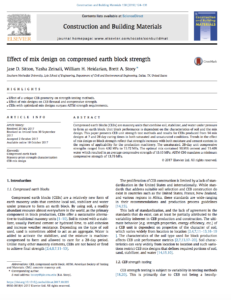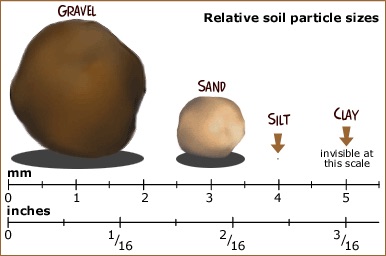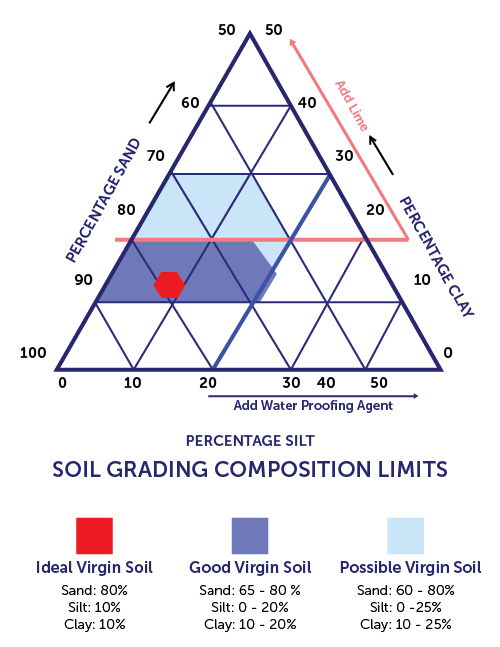
Compressed Earth Block Mix Design
Making Compressed Earth Blocks it is important to optimize your mix design. By analyzing and understanding what is in your soil you are able to make good strategic decisions about how to optimize your mix design.
Understanding what soils work best for Compressed Earth Blocks is an art. It takes time to learn what makes a good mix design for Earth Blocks. The ability to analyze soil and optimize it is a skill that has largely been lost over the years.
Dwell Earth is working closely with SMU’s Lyle School of Engineering on a project to make this art accessible for everyone to use. We are developing smart technologies that will tell the end user how suitable their soil is for compressed earth block. This program will make recommendations for optimum mix design. By using technology we aim to reteach the world how to make the best Earth Blocks possible.









